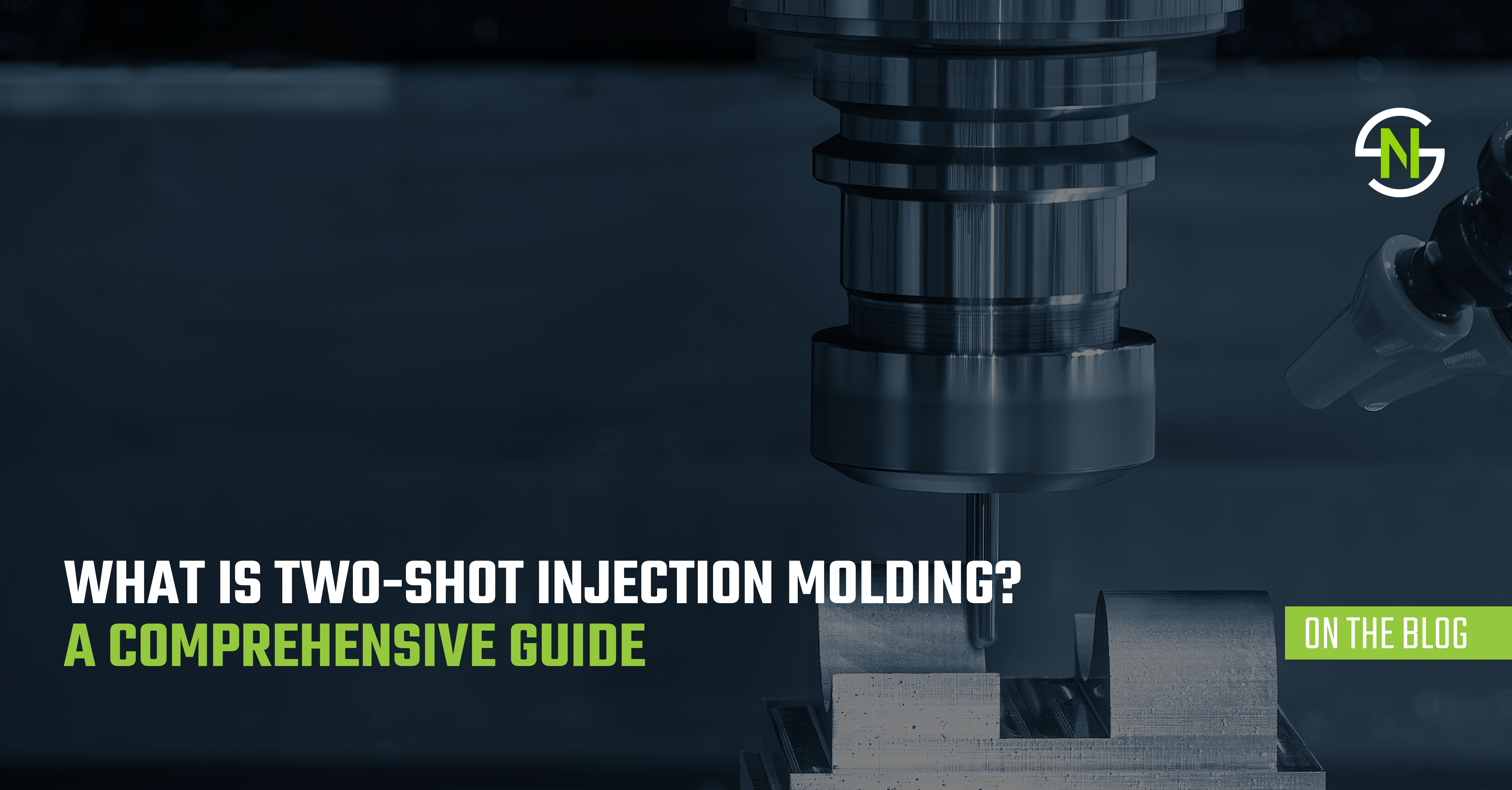
In a world dominated by innovation, the need for efficient and versatile manufacturing techniques has never been greater. Among the myriad of methods, two shot injection molding stands out for its ability to produce complex components in a streamlined manner. According to the journal Materials, higher injection and preheating temperatures in injection overmolding significantly increase interfacial bonding strength.
At its core, two-shot injection molding is a sophisticated technique that enables manufacturers to produce parts made from two different materials or colors within a single production cycle. This article examines the intricacies of this advanced molding process, the inherent benefits it provides, and why industries are increasingly relying on it.
The Basics of Two-Shot Injection Molding
This dual approach is particularly advantageous in multi-material injection, facilitating the production of components that require distinct properties, such as varying textures or rigidity. The process begins with the injection of the first material into a mold, followed shortly by the insertion of the second material. Therefore, it fuses with the initial shape, resulting in a single, unified product.
The Two-shot Injection Molding Process
The process of two shot injection molding involves several key steps:
- Mold Design: A specialized mold is designed to accommodate two different materials. The key to this step is ensuring the materials can bond together effectively
- Material Selection: Different materials are selected based on the component’s requirements
- Injection Stages: The first material is injected into the mold, followed by a switch to inject the second material
- Curing and Cooling: Injected materials cure and cool, resulting in a single, solid part
Benefits of Two-Color Molding
The advantages of two-color molding are manifold, and according to Medical Design Briefs, can significantly influence production efficiency:
- Cost Efficiency: By eliminating the need for separate machining processes, two-shot injection molding greatly reduces production costs
- Enhanced Aesthetics: The ability to combine two colors opens up creative possibilities, allowing for eye-catching designs that would be impossible to achieve through traditional methods
- Improved Functionality: This method enables manufacturers to integrate different functionalities into a single part, such as combining soft grips with hard plastics, which enhances the user experience
Looking Ahead: The Future of Dual-Material Technology
As industries evolve, the demand for adaptable and progressive solutions in manufacturing grows. The use of dual-material technology in two shot injection molding is expected to expand as innovation continues. Future trends may include integration with smart manufacturing protocols and increased adoption of biodegradable materials, which encourage sustainable practices. Moreover, advancements in molding techniques could lead to even more sophisticated combinations of materials, yielding products that are stronger, lighter, and more versatile.
The Way Forward for Advanced Molding Techniques
In summary, two shot injection molding is a transformative process that not only reduces costs but also enhances product quality through innovative design possibilities. As industries strive toward efficiency, sustainability, and sophistication, embracing advanced molding techniques like this will be imperative for staying competitive.
If you’re looking to innovate or streamline your manufacturing processes, consider exploring the potential of two-shot injection molding. Our commitment to low-cost operations will give you a competitive edge. So, contact us today to learn more about this efficient manufacturing process.
